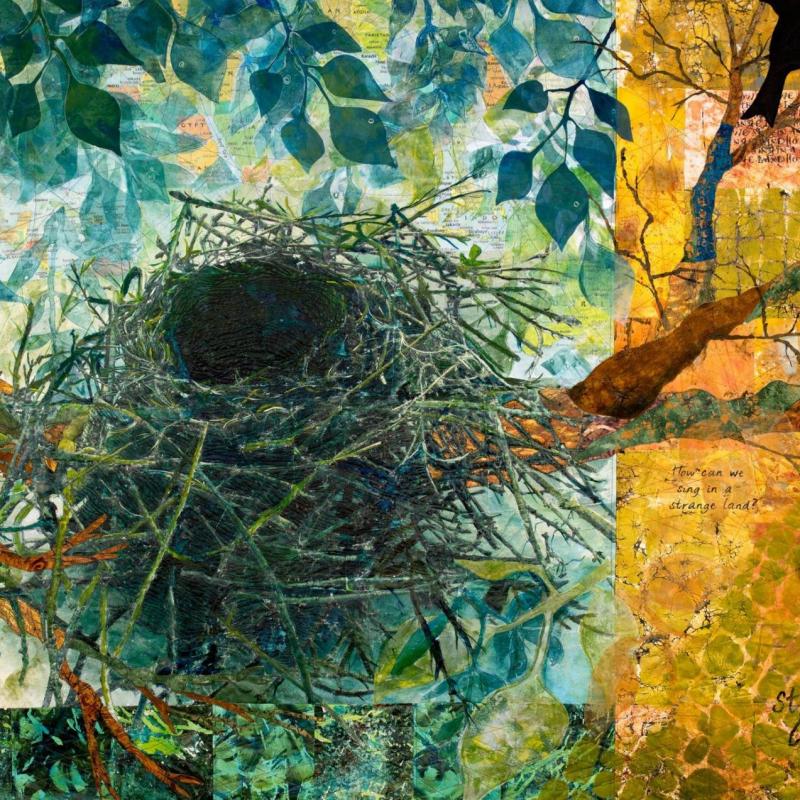Collectors of art quilts need to have professional photos on file of every piece in their collections so they can share the artwork with museums, publishers, and editors via email or electronic file-sharing programs. Artists can help their collectors with this by providing photos when their work is purchased.
The time to have quilts photographed is as soon as you start collecting, perhaps even before you realize that the several pieces you’ve purchased — at a local SAQA meeting, in an art gallery, or through the SAQA Benefit Auction— are a formal collection.
Having low-resolution snapshots may suffice for insurance purposes, but such images will not be adequate for most other purposes.
Have photos taken of the full pieces, being sure all edges, bound or otherwise finished, are included. The edges are part of the art. Photos of details are an added plus, though not necessary when you have high-resolution, large-format photos taken. When you get top-notch photos of the full pieces, you often are able to pull details from those images.
It is also a good idea to have the back of the pieces photographed, being sure the labels are easy to read in the photos. It’s worth the time and expense to find and work with a photographer who has experience photographing textiles and who knows how to properly light fiber art to highlight stitching, embellishments, and surface-design elements.
Collectors who began collecting before the advent of digital photography should have slides and prints of that earlier work converted to digital formats.
When you have photos in hand, the next step is to set up electronic and/or paper files using a standard naming sys- tem and creating data files that include the following information for each art quilt:
- the title of the piece;
- the name of the artist as it should appear whenever the work is shown or published;
- the size of the piece, best written as height x width in inches or centi- meters;
- the year the piece was completed;
- where and when the piece was pur- chased, from whom, and the price paid;
- materials and techniques used in making the piece;
- any interesting information about the piece and the artist, such as places where the piece has been shown, what inspired the piece and/or its title, and stories behind the piece.
Establishing a consistent standard for naming photo files will make it easy to find photos of art quilts when they are requested by museum curators, exhibition planners, and editors. It is a plus if the naming system communicates clearly the artist’s name and the title to others who will work with the photos. It’s helpful if the photo files are accompanied by release forms from artists to collectors outlining how the collectors can use the images and if and when artists must be notified. Such forms can outline copyright guidelines and can give collectors permission to share images of collected pieces with exhibition venues and publications. Photo files can also include appraisal information that may be needed when collectors share and ship pieces to museums and exhibitions.

